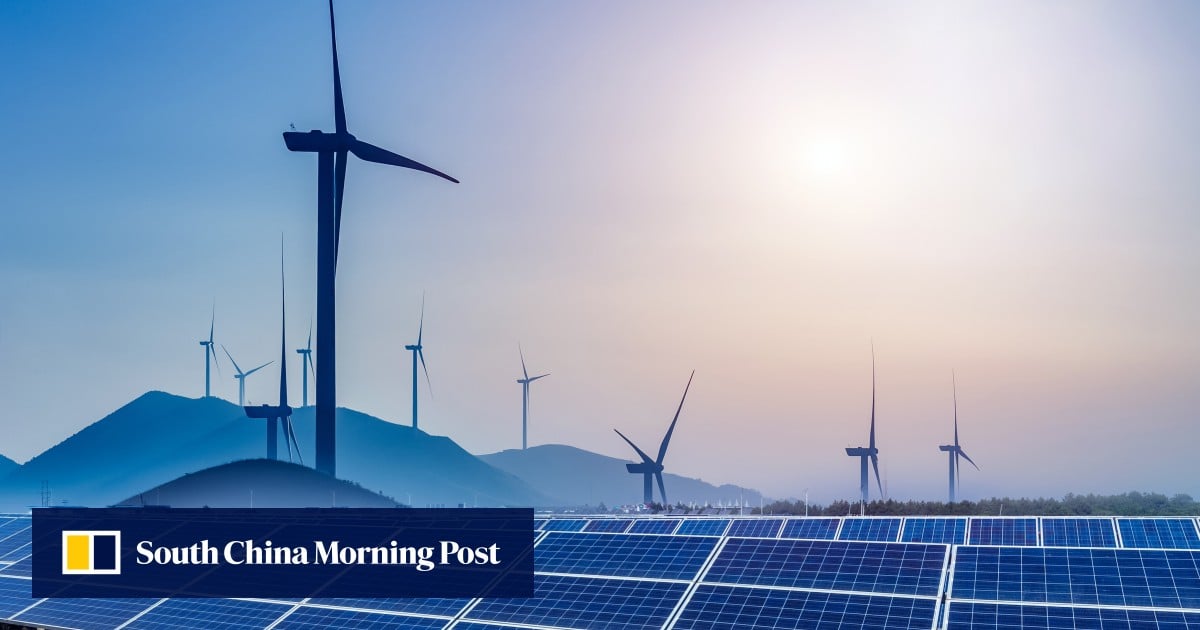
26 Jan China’s energy storage capacity using new tech almost quadrupled in 2023, National Energy Administration says

Overall capacity in the new-type energy storage sector reached 31.39 gigawatts (GW) by the end of 2023, representing a year-on-year increase of more than 260 per cent and almost 10 times the capacity in 2020, China’s National Energy Administration (NEA) said in a press conference on Friday.
New-type energy storage refers to energy storage that uses new technologies, such as electrochemical energy storage, compressed air, flywheel and thermal energy storage, but does not include pumped hydro storage measures.
Total investment in building energy storage projects has exceeded 100 billion yuan since 2021, making the sector a “new driving force” for China’s economic development, said Bian Guangqi, an NEA official.
“New energy storage has increasingly become a key technology as part of China’s construction of new energy systems and new power systems,” Bian said. “It provides an important direction for cultivating emerging industries, and an important starting point for promoting the green and low-carbon transformation of energy production and consumption.”
China’s clean energy sectors were the biggest growth drivers of its economy in 2023: CREA
China’s clean energy sectors were the biggest growth drivers of its economy in 2023: CREA
According to figures issued by the NEA this month, China’s installed capacity of renewable energy hit 1,450GW in 2023, accounting for more than 50 per cent of the country’s total installed power generation capacity. However, power generated from renewable sources such as solar and wind only made up around 15 per cent of overall electricity consumption last year, according to the NEA.
According to the NEA, lithium-ion battery energy storage accounted for 97 per cent of China’s operational energy storage capacity by the end of 2023, with other emerging technologies accounting for the rest.
China’s power sector could reach peak emissions by 2025: climate report
China’s power sector could reach peak emissions by 2025: climate report
Sectors related to clean energy, including renewables, nuclear power, electricity grids, energy storage, electric vehicles and railways, were the biggest contributors to China’s economic growth in 2023, accounting for around 40 per cent of the expansion in its gross domestic product last year, according to CREA.
Clean energy investment accounted for all of the growth in investment across all of China’s economic sectors last year, as investments in other industries shrank, it found.
Analysts have issued warnings about overcapacity in the energy storage sector, after the industry faced intense competition and a price war last year, with many companies jumping on the bandwagon.
“Even as the demand for clean energy technology grows, it seems inevitable that the manufacturing overcapacity issue will worsen, as more production capacity comes online rapidly,” said Lauri Myllyvirta, lead analyst at CREA.
